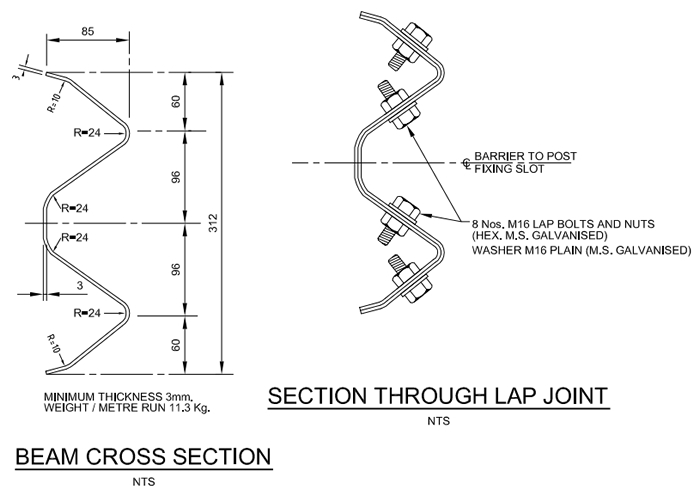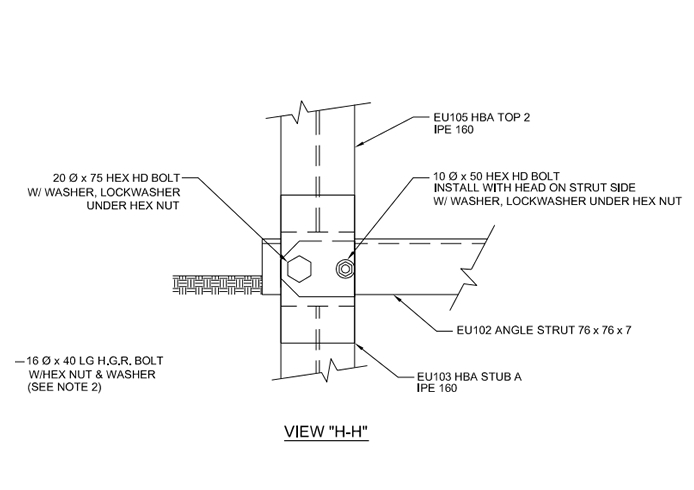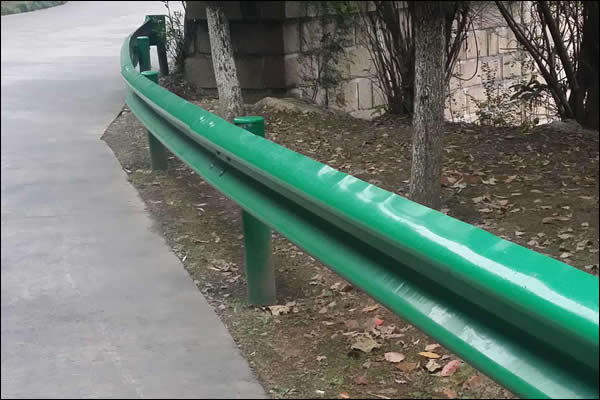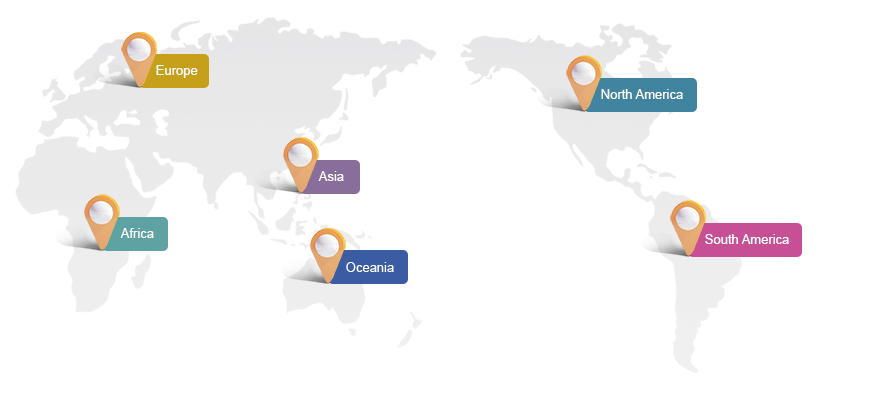Road Safety Guardrail Barrier System - Beam Type Guard Rails, Post, Delineators,Tiling, Kerbs & Concrete Barriers
Road safety guardrail barriers are widely used for highway road and bridge safety and fixed on the side of the roads especially on curves and slopes for preventing vehicles from riding out from roads. Road safety guardrail is also known as traffic safety barriers.
Features of Road Safety Guardrail Barrier:
-The systems ensure minimum damage to the vehicle and its occupants
- During collision, the beam absorbs maximum energy by flattening out laterally and restrains the vehicle from veering over.
- Prevents the vehicle from skidding back onto the carriage way by controlling exit angles through gradual deceleration and effective redirection of the vehicle back on to the road.
- Enables quick repairs in case of accidents.
- All components are galvanized for longer life.
Application
- To provide railing protection to motor vehicles at dangerous road areas such as steep slopes, high embankments, obscure curves/bends, sharp corners.
- To absorb sudden impact during collision thus minimizing injury to vehicle and passenger.
- To act as a directional railing for vehicles moving in the right direction.
- To act as a median barrier for avoiding head on collision.
- To act as a protective barrier for pedestrians along the highway.
-Normal Specification: 4320*310*83*3mm, available in different sizes
-Profile: w-beam; thrie-beam
-Standards: JT/T 281-1995, AASHTO M-180, RAL-RG620, SPS98S, any other International Standards.
-Base steel: Steel Grade Q235B (equivalent to S235JR / DIN EN10025 and Gr.D / ASTM A283M)
-The thickness of the steel: 3mm, 4mm, 6mm, or custom sizes
-Finish: Hot dip galvanized or PVC coating.
-The thickness of galvanizing: 70um, or customized
Guard Rail for Road Safety Barrier System - Project Illustration with Materials and Construction
1)Guardrail and delineators
Beam Type Guard Rail: 3mm Min., weight / metre run 11.3kg
Heavy Duty Cat's Eyes / Reflectors
Tensioned Wire Rope Barrier
Crash Cushions
End Terminals
Median Gate barriers
Overheight warning systems
2)Tiling
Interlocking Tiles any shape, pattern, colour(6cm thick) m2
Interlocking Tiles any shape, pattern, colour (8cm thick) m2
Ceramic wall tiles any shape, patern, colour m2
With labels legible and intact, identifying brand name and contents.
Mortars, additives, and grouts with hall-marks certifying compliance with specified standards.
Samples supplied:
• Waterproofing and anti-fracture membrane
• Latex liquid, one-half litre with manufacturer's data
• Dry set mortar compound, one kilogram
• Dry set tile grout, one kilogram
3)Kerbs & Concrete Barriers are needed in the road barrier system:
Common size and design
Precast Upstand Kerb Type A (35 x 15 cm) m
Precast Upstand Kerb Type C (40 x 20 cm) m
Precast Mountable Kerb Type C (40 x 20 cm) m
Precast Flush Kerb m
Precast concrete barrier including painting (single sided) m
Precast Concrete Barrier including painting(double sided)m
Dwarf retaining Wall m
Spillways (any type)
Road safety guard rail and delineators:
Beams, Posts and Joints

Installing with Hexagon Head Bolt and Washers

Road Safety Guardrail System

Traffic Safety Barriers, PVC Fence
3. SELECTION OF ROAD SAFETY BARRIER SYSTEMS
Considering the performance standard as first priority
Minimum Performance Standard
The minimum performance level for a state highway road safety barrier system is NCHRP 350 Test Level 3 (TL-3). However, in many circumstances, barriers complying with higher test levels will be necessary because factors such as traffic conditions, traffic volume and composition and the cost effectiveness of various safety alternatives must all be considered in the design of road safety barrier systems.
Designers should determine the performance level required for a roadside/median barrier on a case by case basis after due consideration of all factors involved. For example:
(a) The standard roadside protection is a TL-3 barrier but some features, such as a school playground located close to the toe of fill embankment on the outside of a high speed horizontal curve, warrant the provision of a higher performance roadside barrier.
(b) High proportions of heavy and/or dangerous goods vehicles in the traffic stream will usually require TL-4 barriers as a minimum.
(c) Even higher performance barriers, ie. a TL-5 barrier that will contain 36,000 kg truck or a TL-6 barrier that will contain a 36,000 kg tanker, should be used at locations where there are high proportions of heavy
and/or dangerous goods vehicles in the traffic stream, and there would be serious consequences if such a vehicle penetrated, or rolled over, the barrier.
(d) The standard bridge edge protection is a TL-3 barrier but the Transit New Zealand Bridge Manual (Bridge Manual) edge protection criteria will often require the provision of a TL 4 barrier, which will contain an 8,000 kg truck, in most cases.
The Bridge Manual contains a method for determining the appropriate barrier test level for any given situation and it must be complied with when dealing with barriers on bridges. The method is also equally relevant for determining the appropriate test level for roadside and median barriers.









